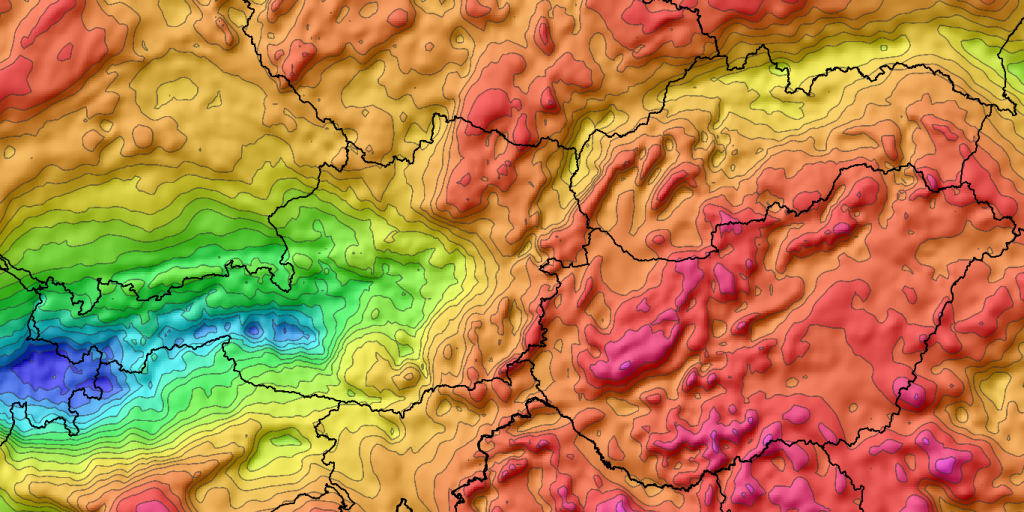
Scientific mission
The research at the Department of seismology reflects both the national and international contexts. Although Slovakia belongs to countries with moderate-to-low seismic intraplate activity, several historical earthquakes occurred on the territory of Slovakia and its vicinity causing significant damage and casualties. Currently, due to the densely populated areas, complex building constructions and infrastructures, even smaller earthquakes combined with so called site effects can cause significant damages and economic losses. Therefore investigation of seismic source zones and evaluation of seismic hazard are the main research topics from the national context. Internationally the research is mainly focused on methodological development of advanced methods of signal analysis and numerical methods for seismic wave propagation, seismic motion and rupture dynamics.
Research at the Department of seismology is divided into following four main groups of topics
- numerical modelling of seismic motion, rupture dynamics and seismic wave propagation
development and improvement of numerical methods for simulation of seismic motion, numerical simulations of seismic motion in complex 3D realistic structures, development of methods for full waveform inversion in local sedimentary structures, investigation of a potential of anomalously large earthquake ground motion (site effects) in a local surface structures using numerical simulations
- development of signal analysis methods
- analysis of earthquakes, explosions and seismic noise recordings
investigation of seismic activity and seismic regime of active source zones using modern advanced methods of seismic data analysis with special focus on seismic model improvement, increasing precision of earthquake location and moment tensor estimation in order to reduce uncertainties in input data for seismic hazard assessment
- seismic hazard analysis
probabilistic seismic hazard analysis (PSHA) of the Slovak territory, PSHA of the areas of special importance (nuclear power plant sites, water dams)
Besides the above research activities, the department operates the National Network of Seismic Stations (NNSS) and analyse recorded data in the Data and Analysing Centre of NNSS . The department also collects and analyse macroseismic data after each earthquake macroseismically observed on the territory of Slovakia (i.e. with effects on people, objects, buildings and nature). In such a case, the department publishes a special announcement at the web page www.seismology.sk that keeps public informed about the earthquake (e.g. origin time, epicentre, map with places of observations). These and other information together with news from international seismology are posted also at facebook pages (https://www.facebook.com/seismologysk).
The results of analysis of monitored seismic data take part in the regular international data exchange in seismology and are also long term part of the Monitoring System of the Environment of the Slovak Republic (project by Ministry of Environment). Three seismic stations of NNSS are part of backbone infrastructure of the European research initiative AlpArray and the team from the Department of seismology ESI SAS closely cooperated with the team from Vienna University in building of additional 8 broadband AlpArray seismic stations on the Slovak territory.
Staff
- Head of department:
Mgr. Kristián Csicsay, PhD.
- Staff:
Mgr. Erik Bystrický
RNDr. Andrej Cipciar
Mgr. Lucia Fojtíková, PhD.
Mgr. Martin Gális, PhD.
doc. Mgr. Jozef Kristek, DrSc.
Mgr. Miriam Kristeková, PhD.
RNDr. Róbert Kysel, PhD.
prof. RNDr. Peter Moczo, DrSc.
RNDr. Peter Pažák, PhD.
Mgr. Martin Šugár


